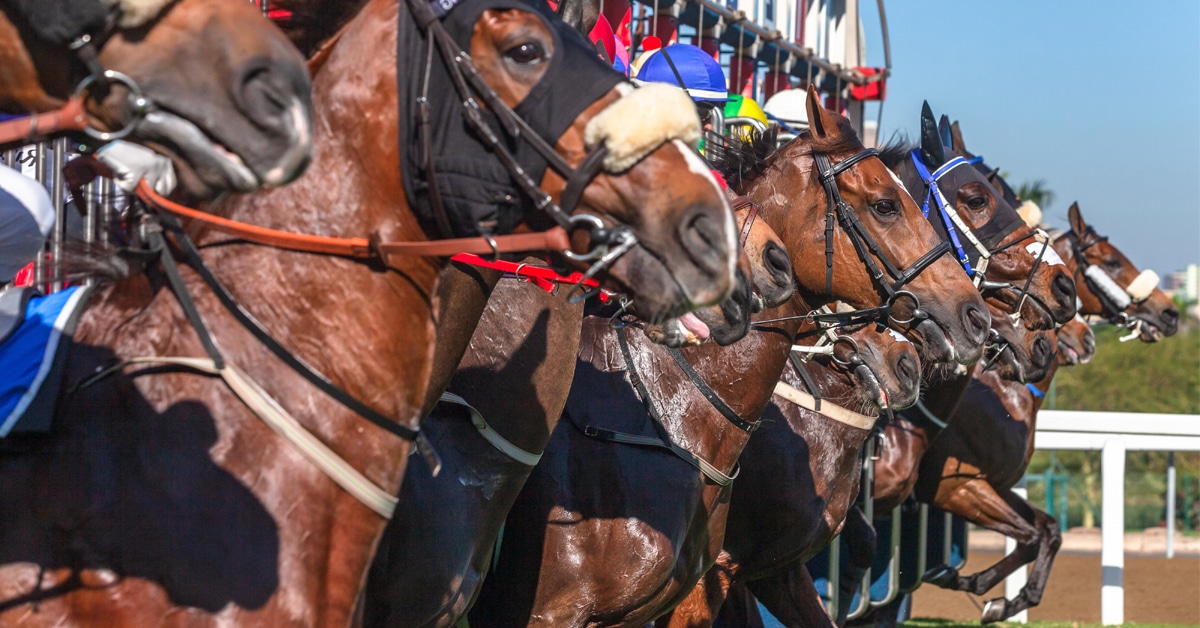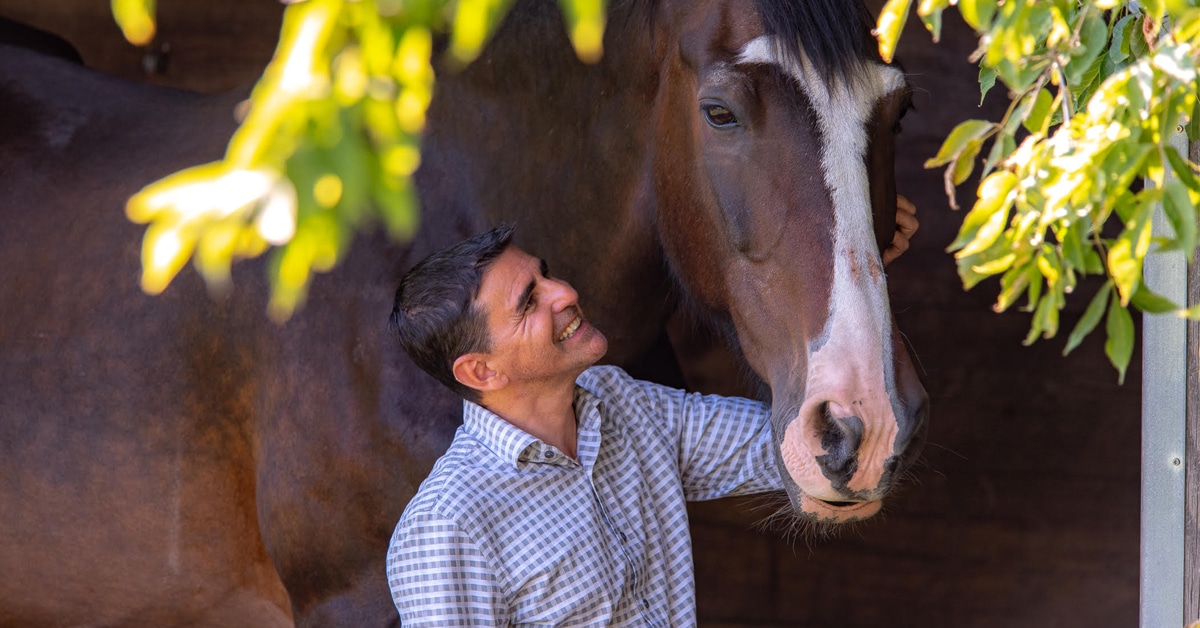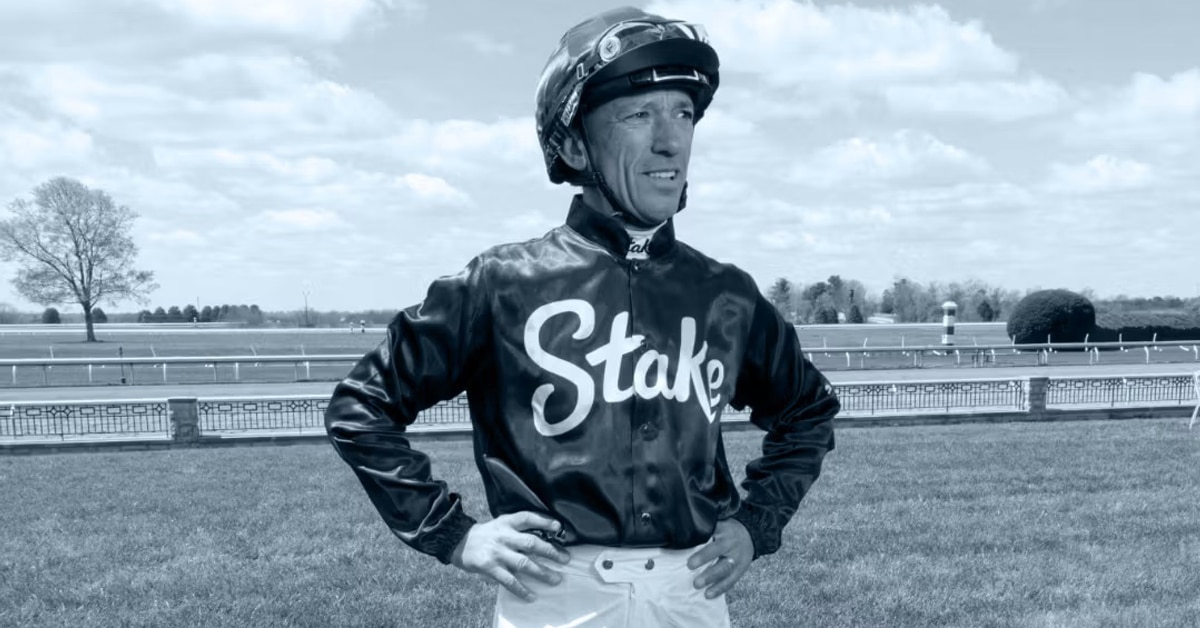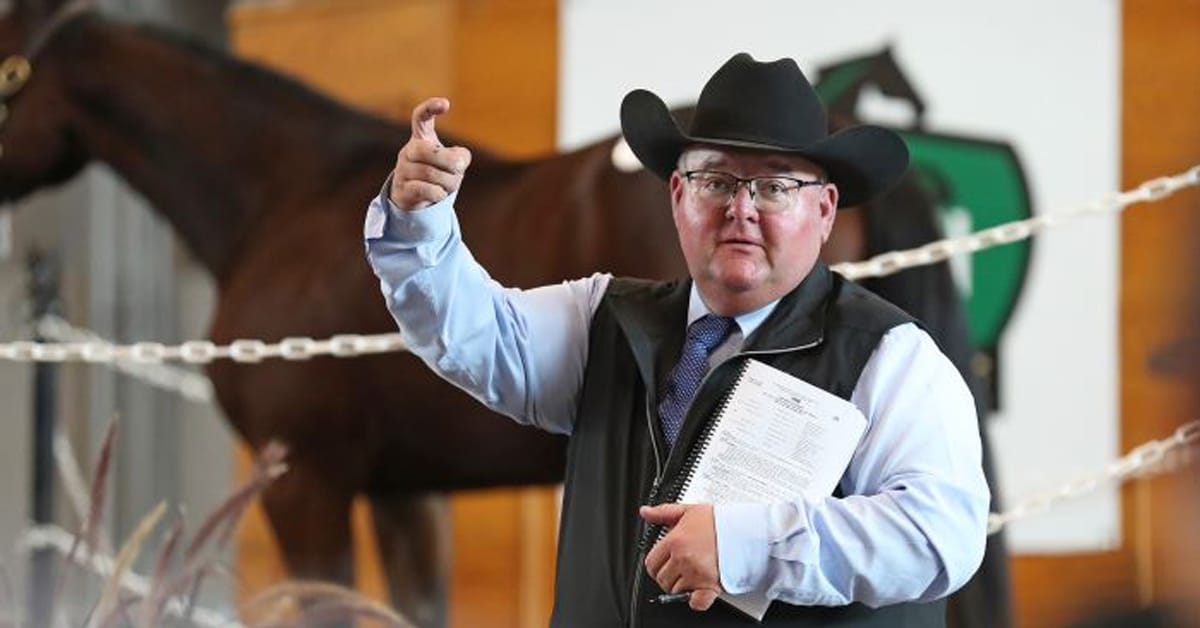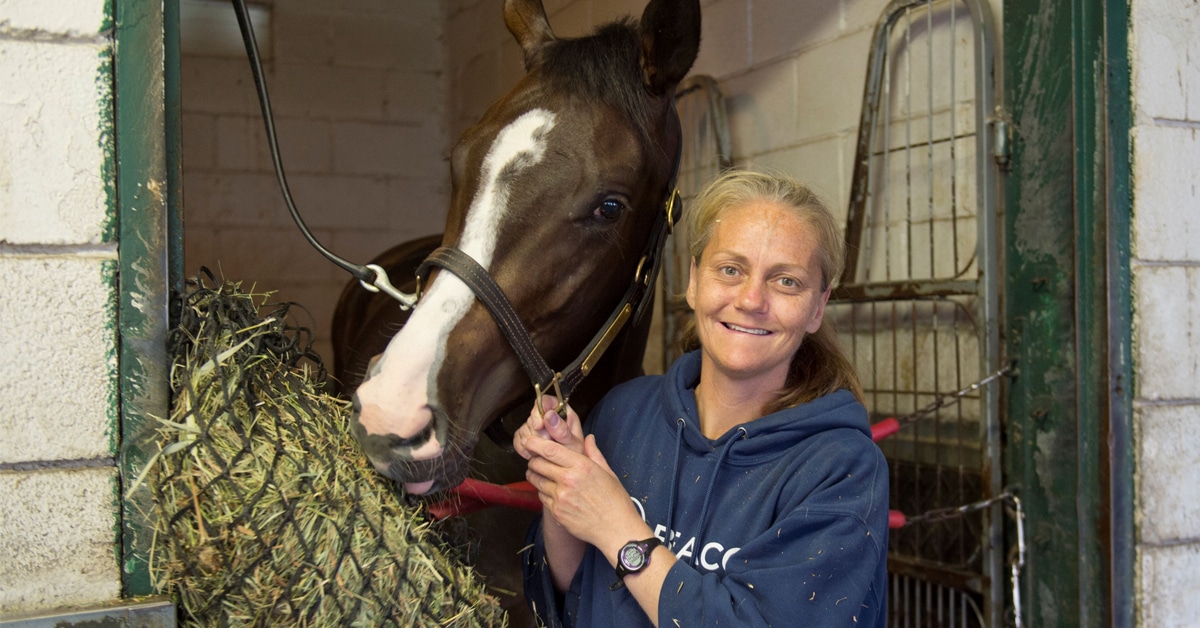The familiar shape of the circular firing squad began forming even before two American politicians announced in July that they were sponsoring legislation to address horse racing’s never-ending conundrum involving medication – both the therapeutic and performance-enhancing varieties that find their way into our sport.
The battle lines have been drawn for years between those who want to establish a national authority over the rules, testing and enforcement involving drugs in racing and those who want to maintain the status quo, keeping the power in the hands of politically appointed state racing commissions. Both sides have hired lobbyists and are plotting strategies to get their way.
Those who seek a central authority (including The U.S. Jockey Club and the Breeders’ Cup) favour legislation in the U.S. Congress that would create a non-governmental agency, modeled after the United States Anti-Doping Agency (USADA) to regulate horse racing’s drug rules on a national basis. This authority, to be named the Thoroughbred Horseracing Anti-Doping Authority (THADA), would take over the regulation of thoroughbred racing on all matters pertaining to medication of horses. It would leave other regulatory functions (i.e., licensing, pari-mutuel rules, etc.) to the 37 state racing commissions that currently oversee the sport.
The legislation is being sponsored by New York Rep. Paul Tonko and Kentucky Rep. Andy Barr – the co-chairs of the Horse Caucus in the U.S. Congress.
When similar legislation was introduced in 2013 by two different legislators, authority was vested entirely in USADA, the organization that oversees testing and anti-doping matters in Olympic sports and other human athletic activities in the U.S. The most recent legislation created the separate entity, THADA, which would consist of 11 board seats, five of them from within the thoroughbred industry.
USADA would play the guiding role by filling the other six seats.
That 2013 legislation specifically banned all race-day drugs, including the anti-bleeding medication furosemide. The new legislation, known as the Thoroughbred Horseracing Integrity Act of 2015, does not ban Lasix, instead allowing the newly created THADA to draft all of the rules and regulations pertaining to medication, testing and enforcement.
The 2013 legislation died without getting to the floor of the U.S. House or Senate for a vote. It’s hard to believe prospects for the current legislation are much better, given how divided the industry seems to be.
Opponents of the current legislation (and they include virtually all horsemen’s organizations, including the National HBPA) feel the industry is moving toward uniformity and that getting the federal government involved in racing is a mistake.
Of course they are overlooking the fact the Interstate Horseracing Act of 1978, which regulates interstate simulcasting, was passed by the U.S. Congress and amended a decade ago to permit online wagering. The opponents also are using the federal government as a smokescreen, since THADA is a private, non-governmental agency.
The argument that the various racing states are moving toward uniformity is valid when it comes to the regulations about what drugs are permitted and when. Not all states have adopted uniform rules, but many of them have.
Where uniformity falls short is in testing.
The state of Indiana released results of an audit of a private laboratory testing for thoroughbred and standardbred racing at Indiana Grand and Hoosier Park. Two audit labs that received split samples discovered several drugs that the state’s official testing laboratory had missed. That lab, Truesdail Laboratories in California, was dismissed by the executive director of the Indiana Horse Racing Commission for failing to meet contractual performance standards.
But Truesdail continues to be the testing laboratory for many other states, including Maryland, New Jersey, Delaware and West Virginia, among others. Its presence in those states cannot instill confidence among horsemen or horseplayers.
Different labs used by other states may be deficient in their ability to detect commonly used therapeutic drugs at excessive levels or more exotic performance enhancing substances. Some racing commissions are stingy with the budgets provided for drug testing. This is a problem that will not be solved at the state level.
The proposed federal legislation would give THADA the authority to create national standards by which all states would need to comply. And that is a good thing.
The Latest

